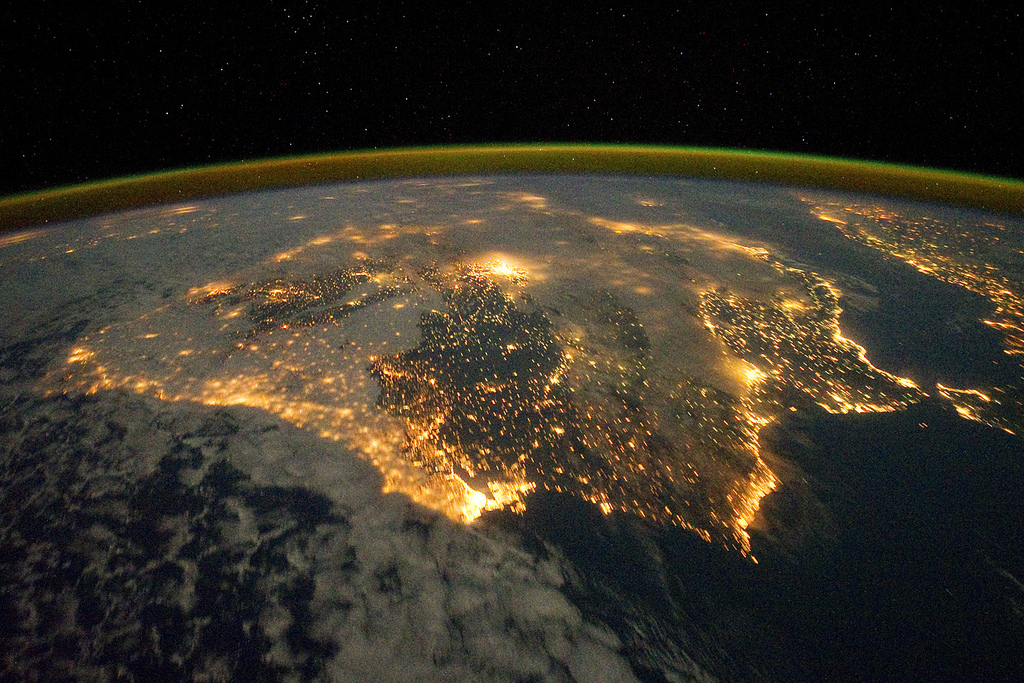From pv magazine Spain
Spain and Portugal have the potential to become a “European energy powerhouse,” according to a new study by Norway-based consulting firm Rystad Energy. The Iberian Peninsula reportedly has a lot of renewables potential, as well as natural gas supplies from North Africa (rather than Russia) and lower electricity prices than the rest of Europe.
“Iberia is well positioned to compete – and even replace – the current energy industrial hub in northern Europe,” said the report.
Spain was the third-largest energy exporter in Europe in the first three quarters of 2022, behind only Sweden and Germany. But the region is expected to experience strong growth in power generation this year and maintain sustained growth in the years ahead, driven mainly by the massive expansion of renewables.
According to Rystad Energy's calculations, the share of renewables in the Iberian energy mix will increase from 48% in 2021 to 64% in 2025 and 79% in 2030. That places the region at the head of the European energy transition and will make it the “renewable leader in Europe,” according to Rystad Energy.
Until 2021, Iberian electricity prices were closely linked to those of other European countries. But since the introduction of the price cap in June 2022, the impact has been clear. In August, electricity prices in Spain had an average of €155 ($153.16)/MWh, while prices were two or three times higher in the rest of the selected countries.
Popular content
With long-term power purchase agreements (PPAs), such as annual ones for 2024 and 2025, Spanish energy is expected to be much cheaper than in France and Germany. The Spanish 2024 annual contract is currently trading at €113/MWh – more than half the price of the French equivalent of €270/MWh.
“This points to a structural advantage in Iberia, as currently viewed by the market, and to a bright future for power generation in the region,” said the report.
The Iberian Peninsula currently has more than 50 GW of installed renewables capacity, with onshore wind power accounting for more than 60% of the total. Solar energy installations have increased in recent years, and more are expected.
“If all goes as planned, solar photovoltaic installations will overtake onshore wind power and will account for more than half of the region's renewable energy by 2030,” said Rystad Energy.
This content is protected by copyright and may not be reused. If you want to cooperate with us and would like to reuse some of our content, please contact: editors@pv-magazine.com.



Spain has been at the forefront of the adoption of Renewables for decades. It will likely see an accelerated deployment now that everyone is on the same solar and wind renewable page. It is very exciting to see these developments and combined with the unbeatable national high speed rail network the country is really looking to be truly energy secure in the near term.